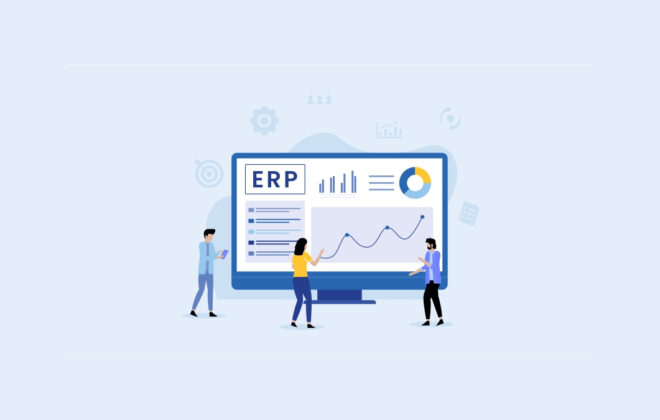Inventory Replenishment: Why Push When You Can Pull?
Inventory Replenishment
Unlike the traditional supply chains, today’s supply chain is inspired by demand. At the same time, retailers, manufacturers and distributors seek to achieve the maximum profit by choosing the most appropriate model to forecast demand or react to consumer purchases.

Currently, many companies have adopted cloud computing and technologies in order to help them transit form the traditional push to the modern day pull model. The push system is also referred to as the forecasting approach which has been a popular mechanism for many companies. Companies try to determine the amount of a product that may be demanded and the frequency of the demand. Using the push approach, all products are treated equally without regard for the different demand profiles.
Unfortunately, the forecasting approach used in the push approach often registers errors. The actual demand made occurs differently from the forecast made using technology worth of billions. Regardless of the sophistication level of the algorithm in a forecast, any forecast is still a guess or a gamble, which may result in profits or loses. In case a forecast is wrong, it results into high disposals, missed sales, weak customer loyalty, costs, discounting, shortages, emergency shipments and rescheduled production. Inventory often ends up gathering in the retail store, which may be costly for both manufacturers and retailers. In order to avoid inconsistencies and loses, many companies are adopting the demand-driven value network (DDVN) which results in close to 30% inventory reduction, 20 percent increase in perfect orders and generally improved services.
On the other hand, the pull system pertains to the ability brought by using the cloud computing technologies. Organizations using cloud computing use the data to process their replenishment and production processes. The pull system pays attention to everyday demand and uses such data to determine the potential demand in future. Unlike the push system, each product is treated differently depending on the demand profile of that specific product. Simple products may be managed through a simple “sell one, replenish one” approach while turn items may be managed through a sophisticated minimum/maximum policy. Inventory tends to remain close to the source since goods are always flowing upstream. Based on such benefits, many organizations have found the pull approach as a better alternative to the costly and risky traditional push system. Indeed, the pull system is the real guarantee to achieving supply chain savings.


